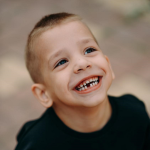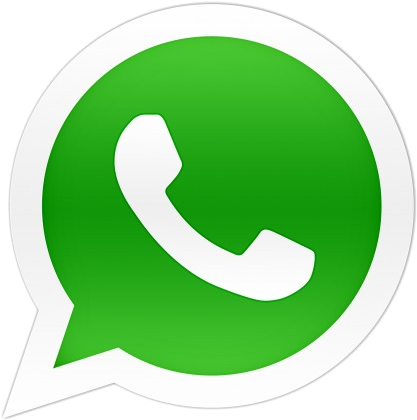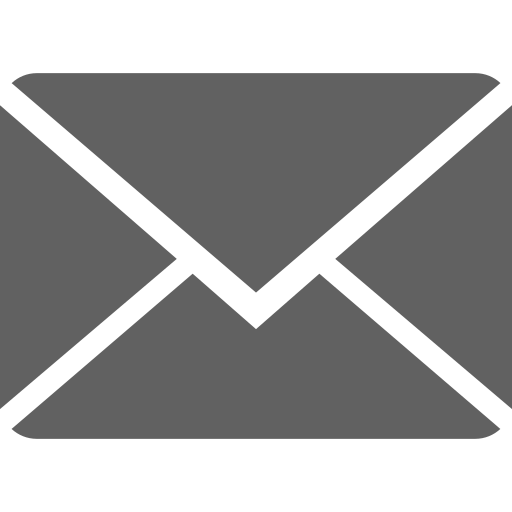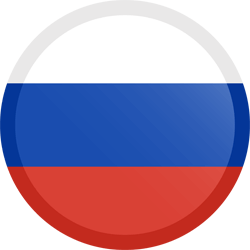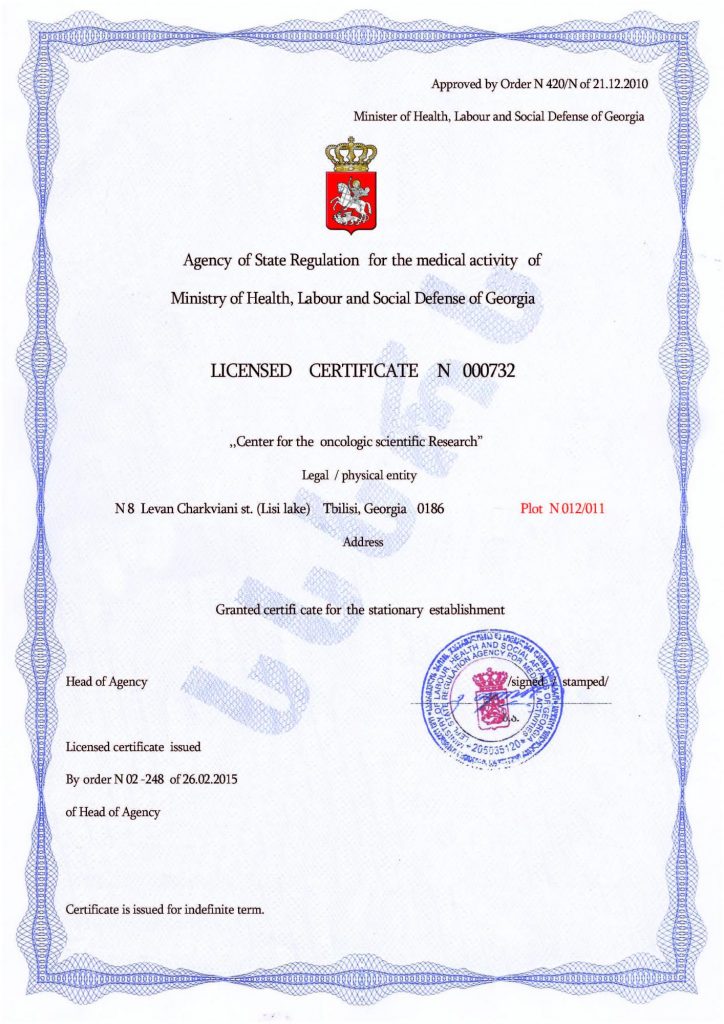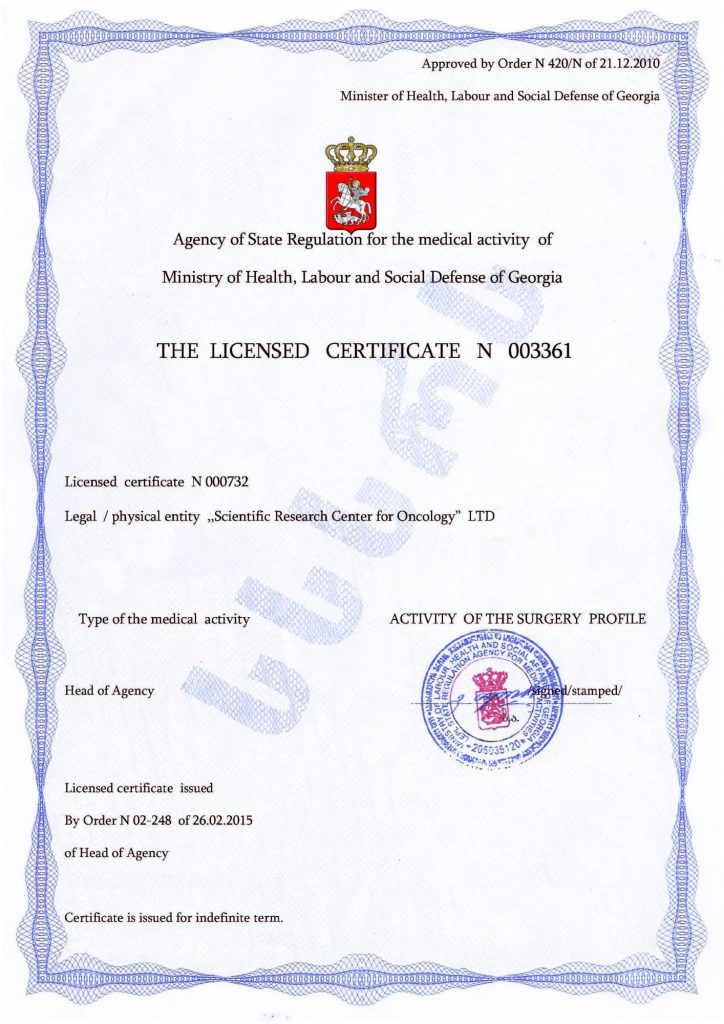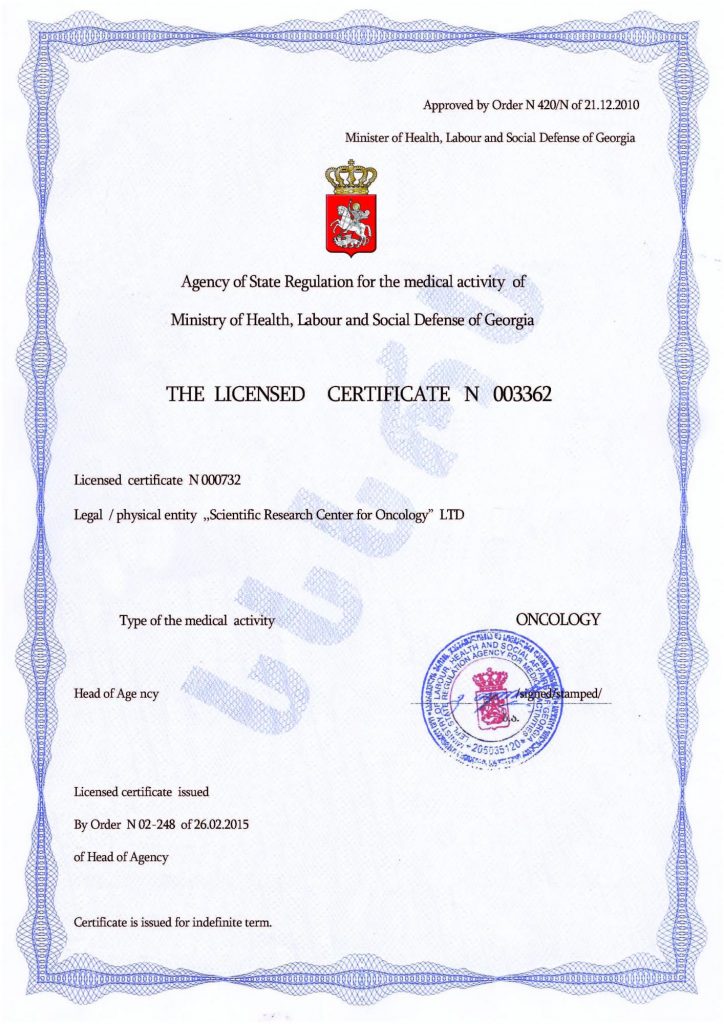Types of Autism
Childhood autism is usually classified according to symptoms and conditions. The most known form is autism is the fourth, most severe level. Accordingly, there are three other degrees of this disorder. The list of ASDs also includes other distinct conditions: Rett syndrome, Asperger syndrome, and pervasive mental disorder.
Autism is classified by different symptoms. The most understandable classification is by the disease’s manifestations, which greatly facilitates diagnosis of ASD and its progression, level, type or form.
Four types of autism according to symptoms
First group
This is the most severe stage of autism — children are perceived as detached and completely immersed in themselves.
Main symptoms:
- Absence of speech, smile, eye contact;
- Absence of gracefulness and difficulty in movement;
- Ignoring requests, fear of requests;
- Absence of fear;
- Special attitude to physical contact: they love to be tossed, hugged, tickled, or hugged. However, this contact is dosed — when the child becomes bored, they immediately leave.
Second group
The second form of childhood autism is the most common. Representatives of the second group are perceived as children who reject everything. The main distinguishing feature is poorly developed verbal skills.
Main symptoms:
- Active behaviour;
- Less vulnerability than the first group;
- Unacceptability of changes in routine. In this case, they protest accompanied by aggression, screaming, or complete resistance;
- Frequent tense and angry facial expressions;
- Speech with frequent cliches;
- Constrained, rigid movements; impaired coordination;
- Weakened mental development.
Third group
Representatives of this group are considered overly immersed in their own interests, which are a persistent theme in their conversation. Communication is very difficult: they constantly seek conflict; compromise and understanding of others’ interests are difficult.
Main symptoms:
- Obsession with fantasies in asocial, unpleasant forms;
- Constant, “frozen” smile;
- Glazed eyes, quick gazes “looking past” others;
- Fast, indistinct speech;
- Impaired mind-body coordination;
- Weak muscles, heavy gait;
- Inability to accept difficulties;
- Increased speech with rich vocabulary learned from books;
- Verbal aggression, but also strong attachment, towards relatives.
Fourth group
This is the mildest form of the disease. Disorders in social interaction and intellectual disabilities are the main features.
Main symptoms:
- External fragility;
- Poor intonation and inappropriate facial expressions;
- Intermittent eye contact;
- Ungrammatical, unclear speech;
- Tendency to enjoy nonverbal hobbies (construction, music, etc.).
Therapeutic recommendations for correcting childhood autism
The traditional approach to treatment consists of a list of conservative techniques that allow the choice of the most appropriate ways to treat all types of ASD for a particular patient. Although they may relieve some symptoms, they do not cure the disease.
Doctors at the Mardaleishvili Medical Centre, like some specialists from the best clinics of the world, use a patient’s stem cells to treat childhood autism. This treatment is the most effective against all four types of autism because it restores natural connections in the patient’s brain, returning them to a normal lifestyle.
Find out more about promising treatment for childhood autism spectrum disorder — fill out the contact form on the clinic’s website for a free consultation!
Autism Treatment Center Videos
Autism treatment with own stem cells
Cord blood association congress
International Quality Crown
Autism Treatment Reviews
Autism treatment with own stem cells
The story of Alessandro (6 years old)
Autism Patient Testimonial - Stem Cell Treatment
Clients Testimonials
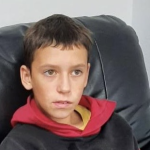
Feedback from Igor, David’s father (12 years old) Read More
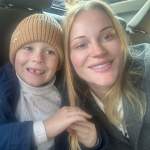
Feedback from Olga, Fedya’s mother Read More
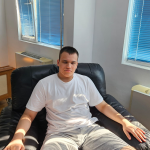
Feedback from Natalia, Radomir’s mother (15 years old) Read More
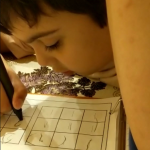
Feedback from Esther, Samuel’s mother (8 years old) Read More
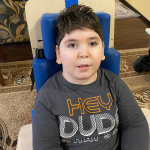
Feedback from Abibe, Selim’s mother (7 years old) Read More
